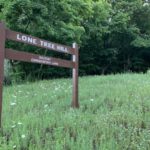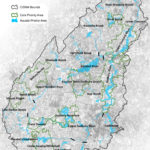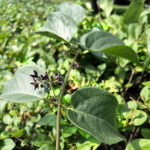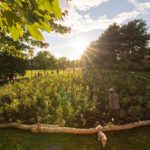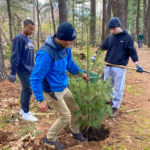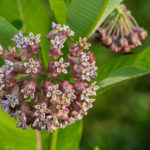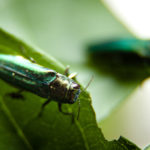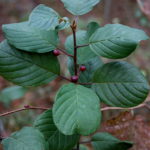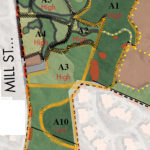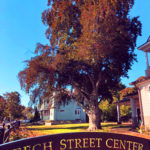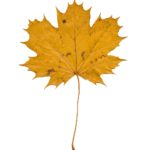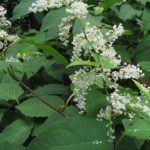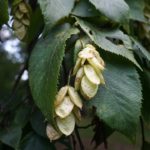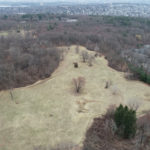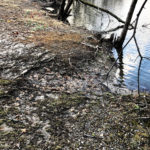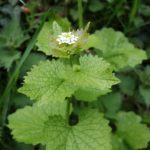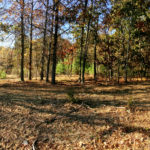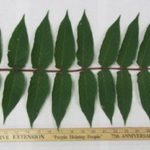
By Jeffrey North Tree-of-heaven (Ailanthus altissima), typically called ailanthus, is a rapacious deciduous tree native to China. It was first introduced into the United States when it was imported as an ornamental plant to Philadelphia in 1784 and later to New York in 1820. On the West Coast, immigrants brought the plant from Asia and planted it in California in the 1850s. The tree was initially valued as a fast-growing ornamental shade tree that was tolerant of poor soils and a broad range of site conditions. It tolerates vehicle exhaust and other air pollution quite nicely. It was widely planted [READ MORE]


